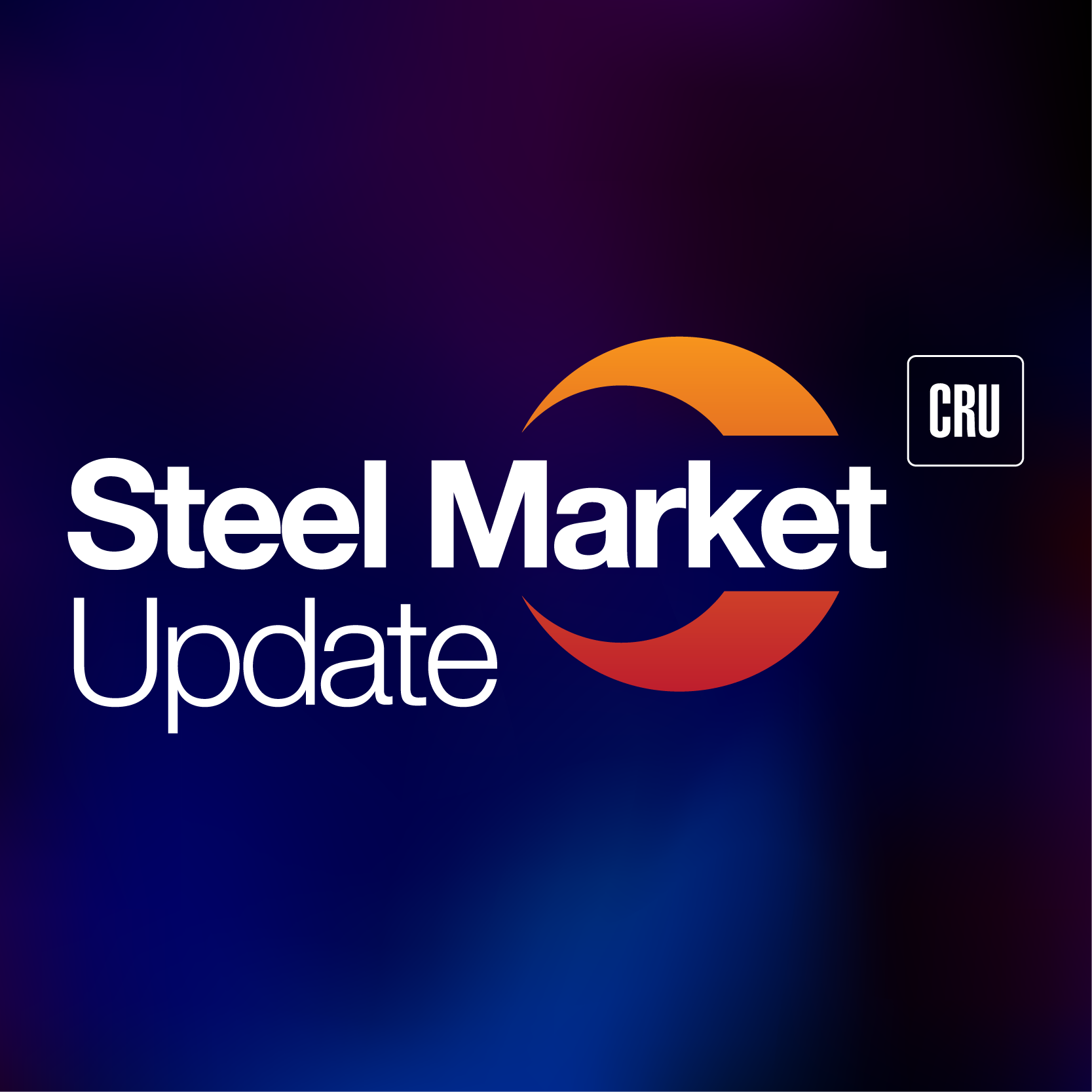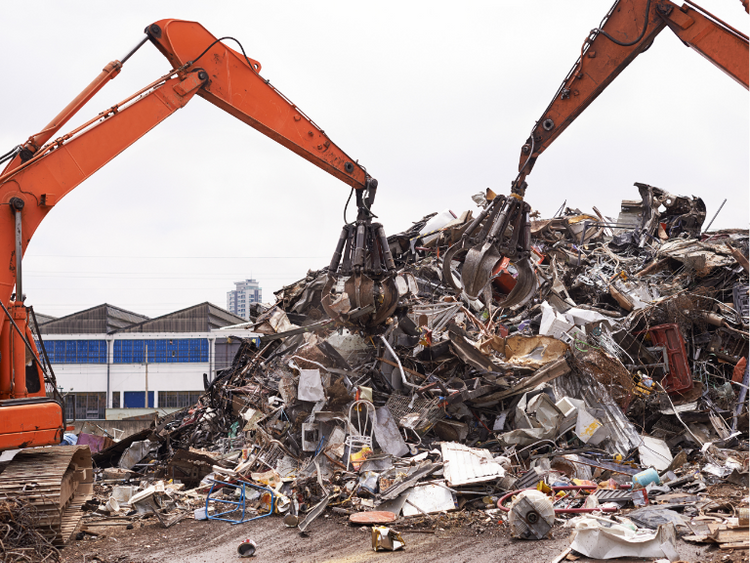Product
February 8, 2013
ArcelorMittal Finishes 2012 at a Loss
Written by Sandy Williams
Written by: Sandy Williams
ArcelorMittal closed a difficult year with a net loss of $3.73 billion for 2012. The loss included a $4.3 million write-down on its European assets and a $1.3 billion loss from idled and closed plants during restructuring. In comparison, net income was $2.3 billion in 2011.
“2012 was a very difficult year for the steel industry, particularly in Europe where demand for steel fell a further 8.8%. During the year we took a number of important steps to address the challenges we face, including concentrating our operational footprint on our more competitive assets and reducing net debt,” said Lakshmi N. Mittal, Chairman and CEO of ArcelorMittal.
Sales in 2012 decreased 10.4 percent to $84.2 billion from $94 billion in 2011 due to lower average sale price and volume.
Shipments of steel in 2012 declined to 86.8 million tonnes (95.6 million tons) from 85.8 million tonnes (94.5 million tons) in 2011. ArcelorMittal expects an increase in shipments of approximately 2-3 percent in 2013. Crude production in 2012 was 88.2 million tonnes (97.2 million tons), representing 6 percent of the world steel output.
“Although we expect the challenges to continue in 2013, largely due to the fragility of the European economy, we have recently seen some more positive indicators, which combined with the measures we have implemented to strengthen the business, are expected to support an improvement in the profitability of our steel business this year,” said Mittal.
ArcelorMittal forecasts company EBITDA to be higher in 2013 compared to 2012 and net debt to drop to $17 billion by June 30, 2013. The company expects $5 billion in cash receipts in the first half of 2013 from capital raised in January and completion of its 15 percent stake in ArcelorMittal Mines Canada (AMMC). Iron ore shipments are expected to increase by 20 percent in 2013 as a result of the expansion at AMMC.
ArcelorMittal also announced in its conference call that it is moving to full year guidance to encourage the market to look at longer periods of business which tend to be less affected by seasonality and lags. After moving from quarterly to half year guidance, yearly guidance was the next natural step for the company.
Officials declined to discuss ArcelorMittal’s interest in the sale of ThyssenKrupp, only saying that it is one of five companies in the bidding, and that a successful deal would be separate from the 17 billion net debt predicted by the end of June.
“I think at the end of the day we believe that the impact of TK will not be that significant, especially by June end and, therefore, does not impact our net debt forecast for June,” said Aditya Mittal, Chief Financial Officer.







